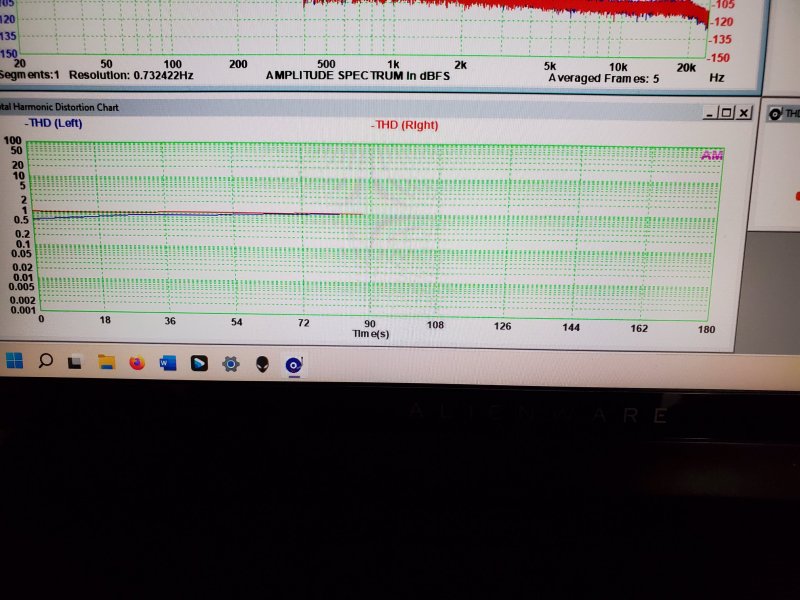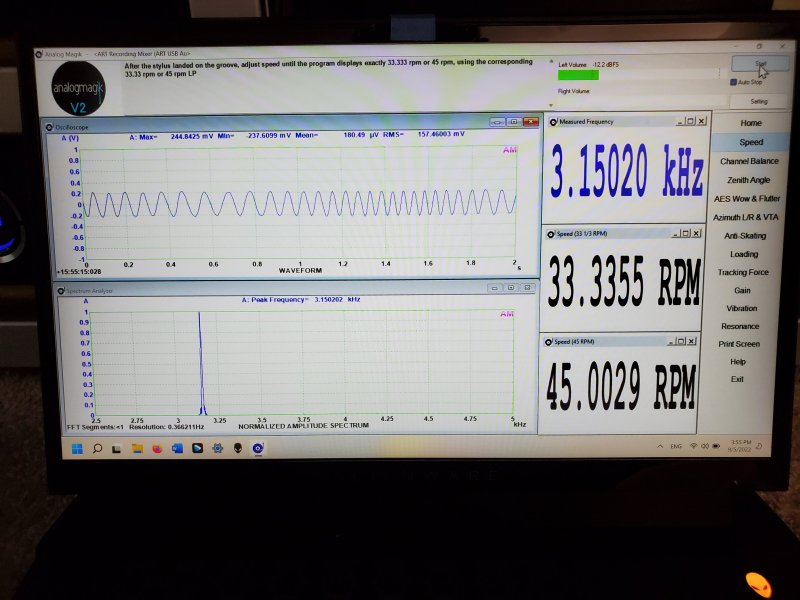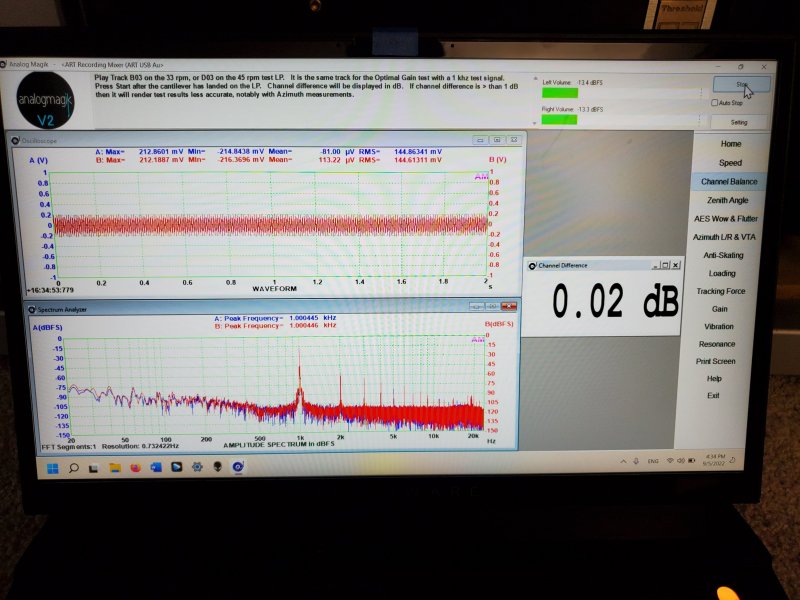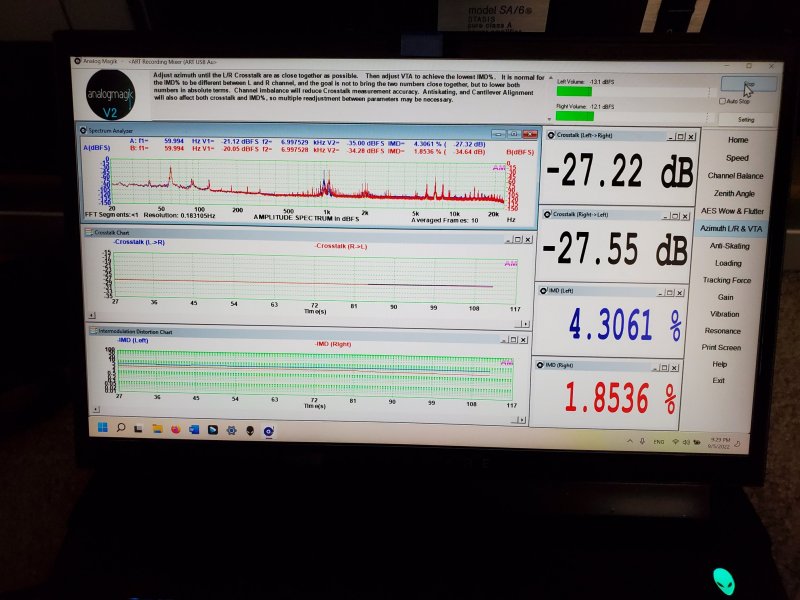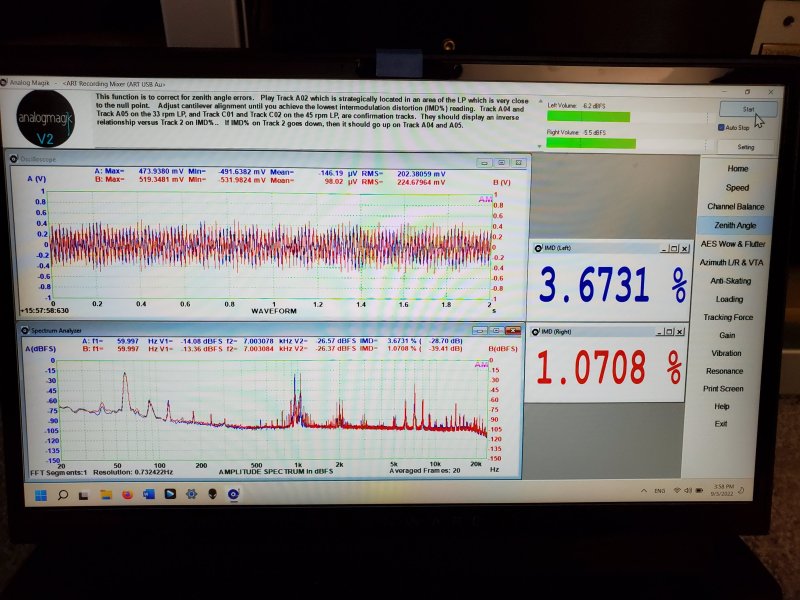How are they doing anti skate. I watched a video 1 time where a beam was used to set anti skate.
I use a SUT and a fluke to measure the voltage per channel for Azimuth. But the anti skate will also impact the voltage output per channel. Do you think the analog magic sufficiently addresses this?
They have a test track signal at the innermost grooves on the test record with increasing modulation. The software gives you realtime left/right measurements. It's questionable as to whether or not this is the best method, or at least where on the track to pay most attention. I don't optimize at full modulation because I know that actual music averages out to something much lower. I use the middle of test track and call it a day. This setting always passes the visual test of watching the rate of movement of the tonearm in between the runout grooves vs the rate of movement in the runout grooves, so hey, good enough for me.







